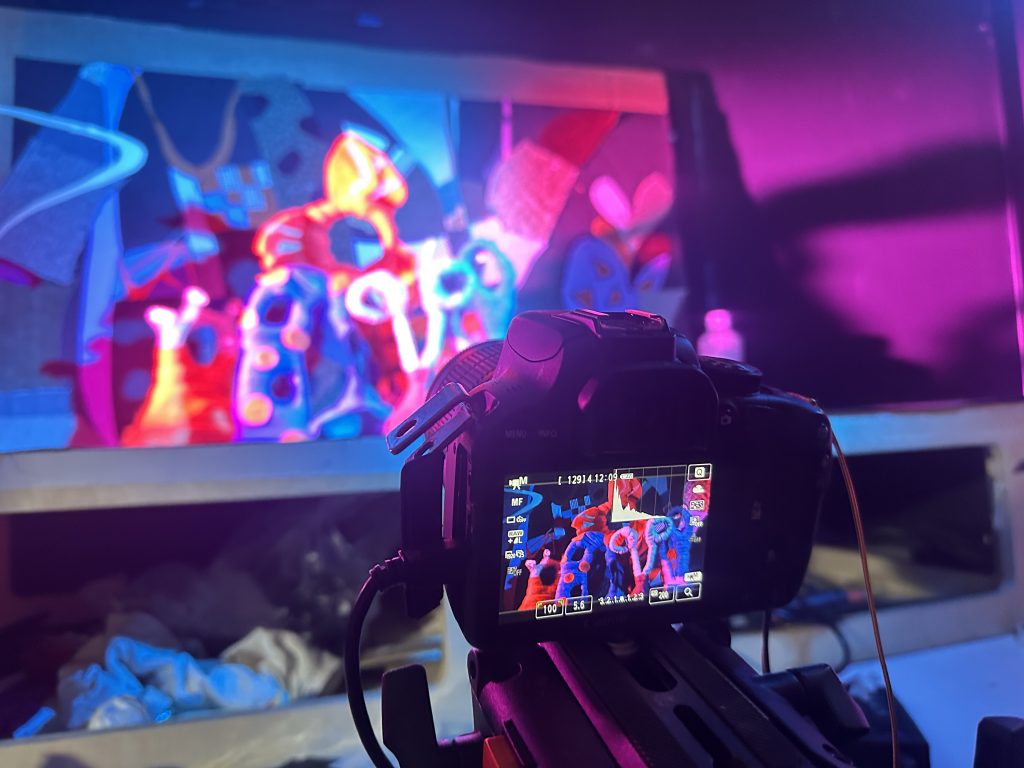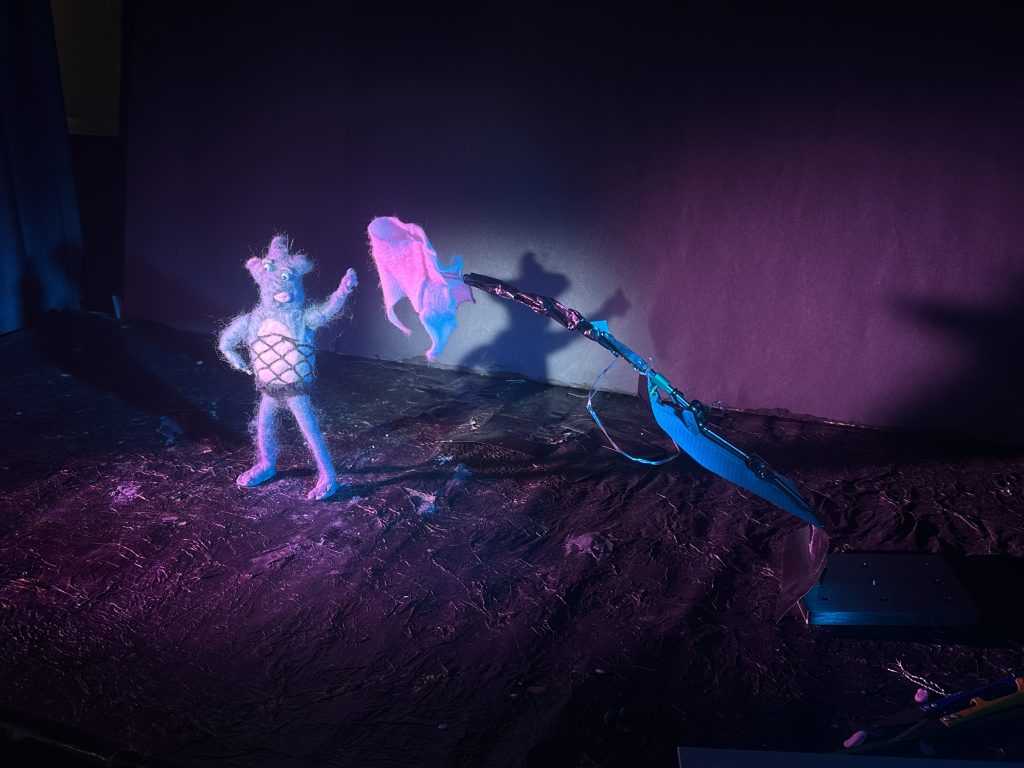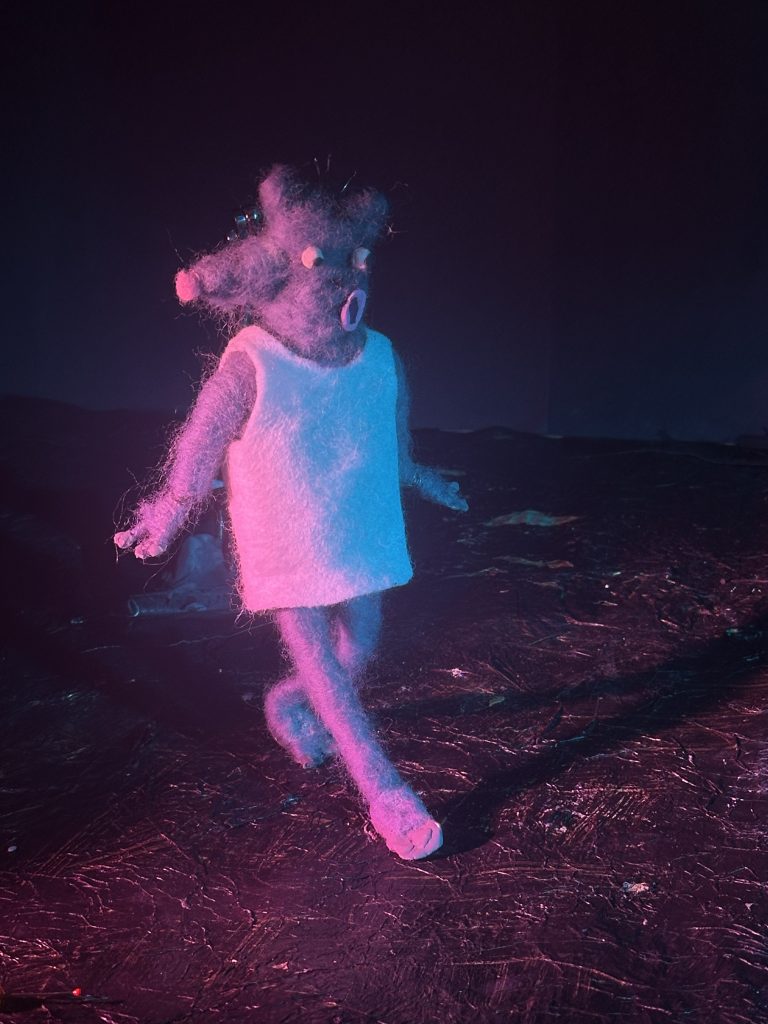This semester, I chose to continue working on puppet stop-motion animation. After LIAF director Drunk and learning about its production process, I gained a much clearer understanding of how stop-motion works from start to finish. I also became more aware of the challenges I might face along the way. For our graduation project, three of us worked together to create a story combining different types of stop-motion techniques, including paper-cut, clay, and puppetry. I was in charge of the third part—the puppet world. I took this opportunity to dive deeper into puppet stop-motion animation, a form I’ve always been drawn to.
Over the past two years, I’ve spent a lot of time reflecting on my personal skills. I chose puppet animation because I enjoy working with my hands and find the process both fun and healing. Most of my animations have a humorous tone. My favorite moment is when I hear the audience laugh—that’s when I feel the most fulfilled.
Outside of class, I run a healing-themed illustration and animation account on TikTok. One of my short videos unexpectedly went viral, with over 600,000 views, 7,000 likes, and 4,000 comments. That moment made me realize how naturally my work connects with themes of emotional healing. Since then, I’ve been thinking seriously about whether stop-motion animation can be used as a tool for emotional and artistic healing. Puppet-making, set-building, lighting design, and even the animation process itself all offer therapeutic qualities. This idea led me to write a research proposal on animation and healing, and I’ve begun collecting academic resources and reaching out to teachers in that field. I plan to explore this direction further through both practice and research.
I also started building a personal IP and developing healing content for social media. However, I wasn’t very consistent or clear about my goals for the account, so I didn’t manage it well. Reflecting on this, I realize that personal branding through social media is an essential part of the animation and art industry today. Going forward, I want to treat this more seriously and integrate it into my practice, especially as I develop work around animation and healing.
This puppet animation project gave me hands-on experience and helped me grow in many areas—from puppet modeling and material testing to lighting and camera work. Each step allowed me to figure out what I enjoy, what I’m good at, and what I still need to improve. Most importantly, I’ve become more certain of what I truly love doing. The skills and insights I’ve gained over the past two years have laid a strong foundation for entering the stop-motion industry. I’m also more excited than ever to keep exploring how animation can connect with emotion, healing, and storytelling.



